From the carvings of ancient tribes to the footprints of Islamic history, historical places in Saudi Arabia hold enormous stories. These sites reflect thousands of years of culture, power, pilgrimage and legacy. Across deserts, mountains and old cities, travellers can witness everything. These range from prehistoric petroglyphs to the earliest mosques and majestic ruins of Nabatean civilisations. These historical places offer a rare insight into the origins of faith, empire and trade.
Top 10 Historical Places In Saudi Arabia
Here are the best of the historical places in Saudi Arabia carrying stories etched in stone, faith, legacy and time:
1. Al Kaaba, Mecca
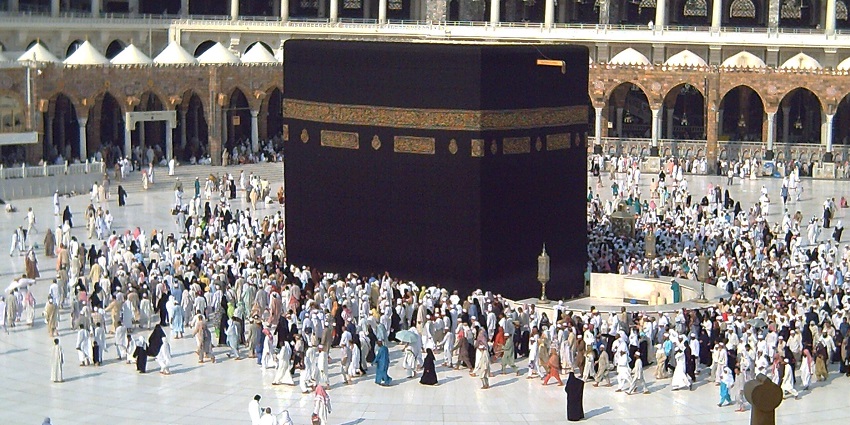
Photo: Bluemangoa2z / Wikimedia Commons
Among all historical places in Saudi Arabia, the Kaaba stands unmatched in significance. Located at the centre of Masjid al-Haram in Mecca, this cube-shaped building was built by Prophet Ibrahim and his son Ismail. Even before Islam, the Kaaba was regarded as sacred by local tribes. Over time, it has been rebuilt and restored after floods and wear, but it remains central to Islamic prayer and pilgrimage. Draped in the black and gold Kiswah, the Kaaba draws pilgrims from every part of the world during Hajj and Umrah. For travellers, visiting the Kaaba is not about architecture or history alone but a deeply personal moment.
Timings: 24*7
Nearby Attractions: Masjid al-Haram, Jabal al-Noor, Abraj Al Bait
2. Masjid Al Haram, Mecca
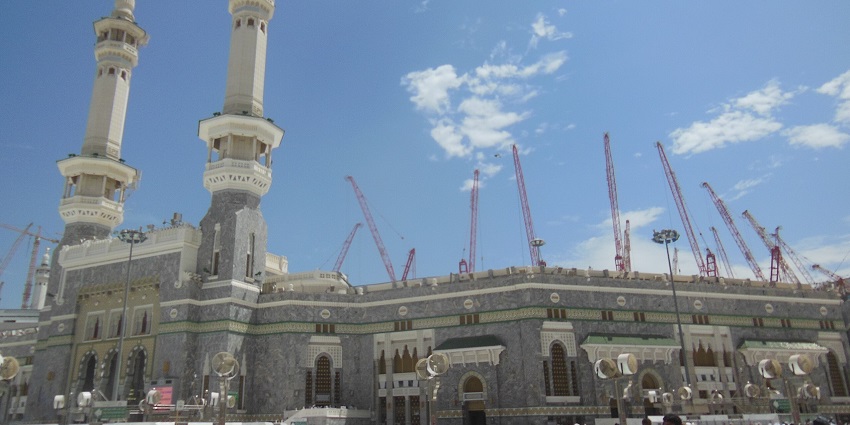
Photo: King Eliot / Wikimedia Commons
Masjid al-Haram is the mosque that surrounds the Kaaba in Mecca. It is the place where Muslims come for Hajj, the annual pilgrimage that is one of the five pillars of Islam. The mosque is used throughout the year, but during Hajj, the number of people increases to millions. It is the oldest and most visited mosque in the world. It has open courtyards, shaded walkways, and several gates that stay open all day and night. The floors are made of white stone that stays cool, even in the sun. People come here to pray, to walk around the Kaaba, or to sit quietly.
Timings: 24*7; busiest during prayer and pilgrimage times
Nearby Attractions: Zamzam Well, Mount Arafat, Makkah Museum
3. Al-Masjid An Nabawi, Medina
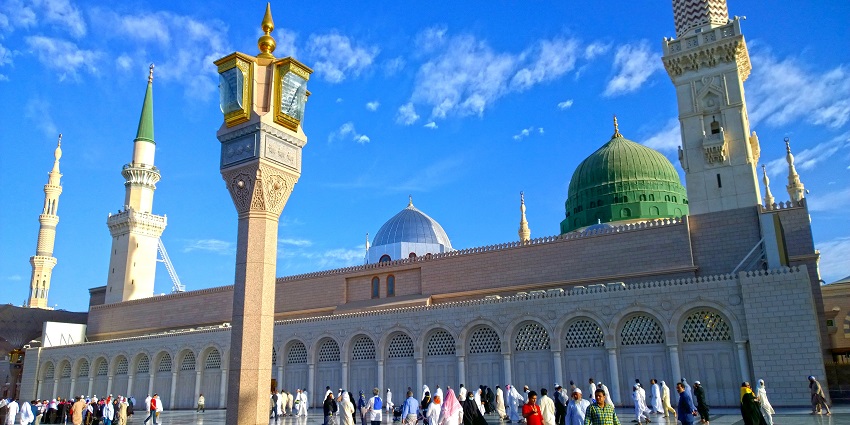
Photo: SHAHID SIDDIQI / Wikimedia Commons
This mosque was built when Prophet Muhammad arrived in Medina. At that time, it was a small structure made from palm trunks and clay. That spot is now marked by the green dome, under which he is buried. The mosque became the main space for gathering, prayer, and decision-making in the early Muslim community. After the Prophet’s time, the mosque was expanded many times by later rulers. It is now one of the most visited sites in the country. People come here to offer prayers and to see where the Prophet lived and was buried.
Timings: 24*7
Nearby Attractions: Quba Mosque, Uhud Mountain, Baqi Cemetery
4. Masjid Quba, Medina
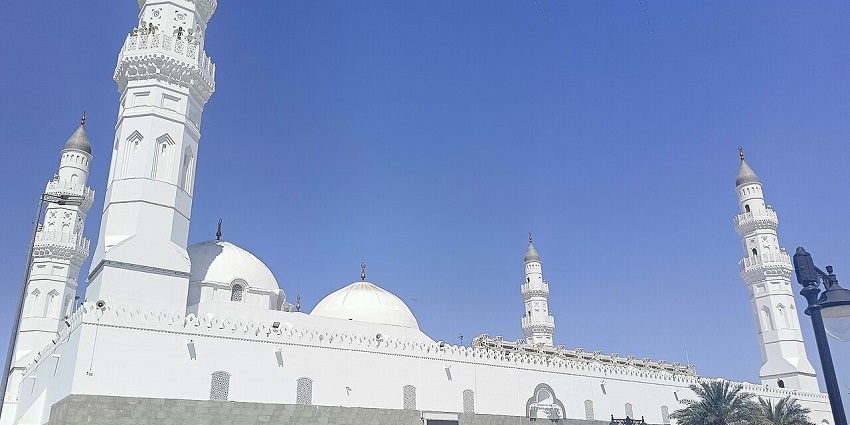
Photo: Indonesiagood / Wikimedia Commons
Masjid Quba is located just outside the main city of Medina. It was the first mosque built by Prophet Muhammad when he arrived during the Hijrah. He laid its foundation with his own hands and spent time here before continuing to the city centre. Locals often visit on Saturdays, following a tradition connected to the Prophet. From the outside, it looks simple with white walls and four tall minarets and the interior is quiet and used mostly by people who live nearby. For visitors, it offers a chance to step into a place tied directly to the start of Islamic community life.
Timings: Open from Fajr to Isha prayer
Nearby Attractions: Al-Masjid an-Nabawi, Qiblatain Mosque, Islamic University of Medina
5. Hegra (Madain Salih), Al Ula

Photo: Prof. Mortel / Wikimedia Commons
Hegra was once a thriving city built by the Nabateans, the same civilisation behind Petra in Jordan. It sits deep in the desert near AlUla and was a key stop along ancient trade routes. The tombs carved into red sandstone cliffs are the most striking feature here. Many of them are still in good shape, showing detailed fronts and inscriptions. The site stretches over a large area, with marked paths and guided tours available. Some areas are protected and only accessible with official permits.
Timings: 8 AM – 6 PM
Nearby Attractions: Dadan, Jabal Ikmah, Elephant Rock
6. Al Ula Old Town
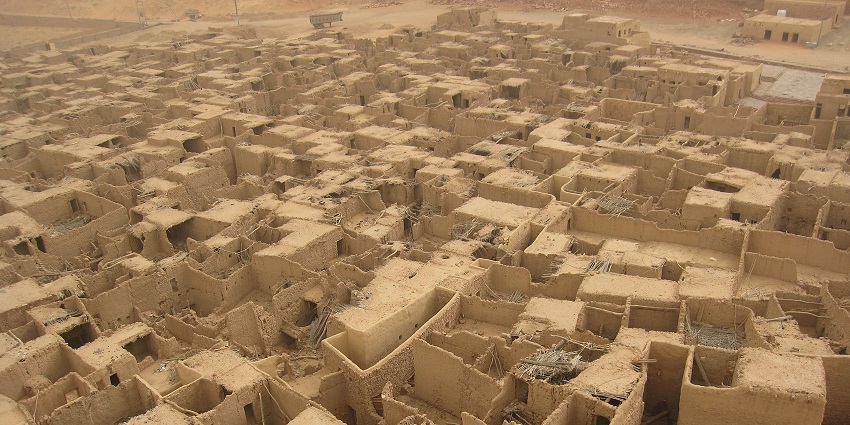
Photo: Pteropus conspicillatus / Wikimedia Commons
For centuries, AlUla Old Town served as a resting point for pilgrims and traders. This site is one of the most overlooked yet important historical places in Saudi Arabia. The houses here were made from mud bricks and packed closely to block the heat and dust. Narrow lanes run through the town, with more than 800 homes and shops packed in tight rows. At the highest point, there’s a watchtower that gives views across the valley. Unlike other restored villages, much of AlUla Old Town has been left as it was.
Timings: 9 AM – 5 PM
Nearby Attractions: Hegra, AlUla Museum, AlUla Oasis Trail
7. Diriyah (At-Turaif District), Riyadh

Photo: Ali Lajami / Wikimedia Commons
Diriyah is one of the most important historical places in Saudi Arabia. The At-Turaif District was once the capital of the first Saudi state in the 1700s. It sits on a small rise next to Wadi Hanifa, surrounded by palm groves. The buildings here were made from mud bricks in the Najdi style, with narrow lanes and simple courtyards. You can still see the remains of palaces, mosques, and storage rooms. Most paths are now open to visitors, and signs explain what each section was used for. Walking through the site gives you a close view of how early Saudi rulers lived and worked.
Timings: 10 AM – 10 PM
Nearby Attractions: Bujairi Terrace, Wadi Hanifa, King Abdulaziz Historical Centre
8. Al Balad (Historic Jeddah)
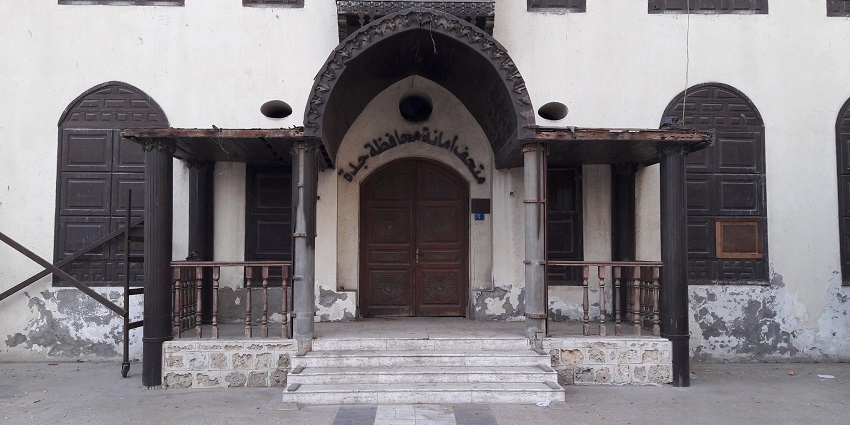
Photo: Tahir mq / Wikimedia Commons
Al Balad is part of the old city of Jeddah and stands out among the key historical places in Saudi Arabia. It was developed as a centre of trade along the Red Sea for connecting travellers from Africa, Asia, and the Arabian Peninsula. The homes in this area were built using coral stone from the sea. Some of the buildings are over 400 years old. As you walk through the district, you’ll see narrow paths and small shops that sell clothes, herbs, and local snacks. Several homes have been turned into small museums or cultural centres.
Timings: 4 PM – 10 PM
Nearby Attractions: Naseef House, Souq Al Alawi, Jeddah Waterfront
9. Al Ukhdood, Najran
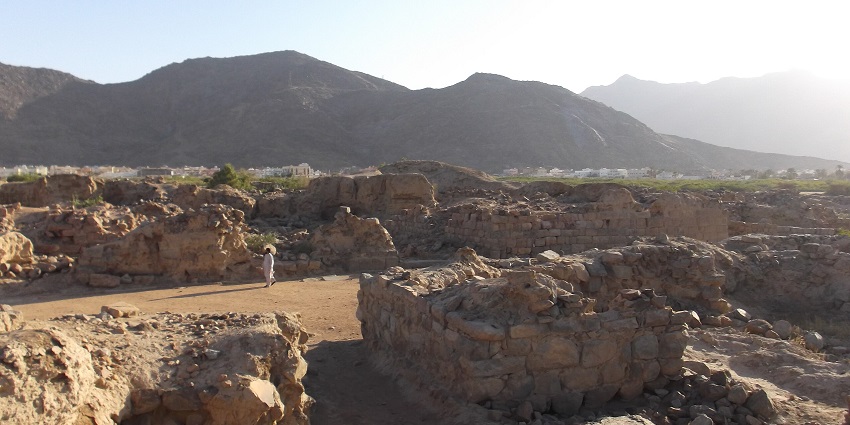
Photo: Mohammad Umair Yaqub / Wikimedia Commons
Al-Ukhdood is one of the earliest known archaeological sites in the south and a major example of pre-Islamic civilisation. The site dates back to the Himyarite Kingdom, around the 1st century CE. It was once a walled town and parts of the outer stone wall still stand today. Inscriptions found here are in the ancient South Arabian script, and many stone carvings depict animals and symbols used during that era. Visitors can walk through the open grounds where trenches, stone foundations, and burial sites have been uncovered.
Timings: 8 AM – 5 PM (Saturday to Thursday).
Nearby Attractions: Najran Museum, Al-Aan Palace, Al-Okhdood Archeological Park
10. Jubbah Rock Carvings, Ha’il
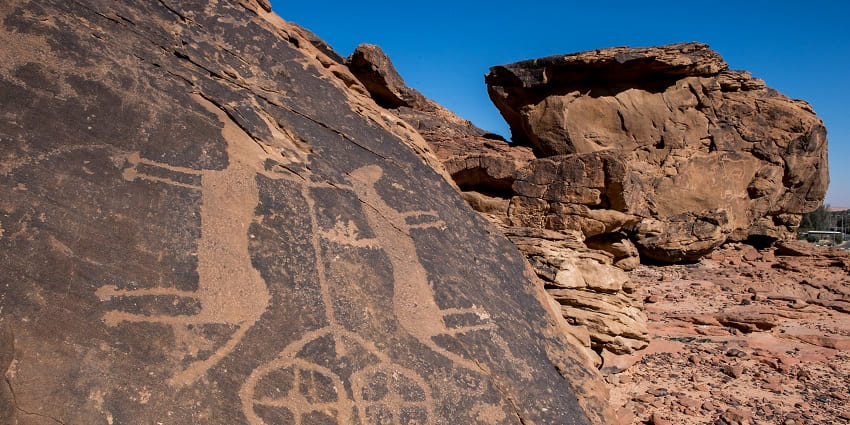
Photo: Heritage Commission / Wikimedia Commons
Jubbah is a desert site known for carvings made thousands of years ago. These carvings are found on the sides of Jabal Umm Sinman, a sandstone mountain that rises from the Nafud Desert. The carvings show simple scenes of men holding tools or weapons, cattle with long horns, camels, and some wild animals like ostriches. Many were made by chipping into the rock with hard stone tools. Some carvings are older and faded, while others are clearer and from later groups like the Thamudic period. The ground is open, without fences or heavy signs, and you can walk up close to the stones.
Timings: 8 AM – 5 PM
Nearby Attractions: Qishlah Palace, A’arif Fort, Nafud Desert
The historical places in Saudi Arabia are not just markers of the past but living pieces of culture, memory, and identity. From carved rock walls to the still-standing mud homes, every site holds something different. Some speak of trade and migration, while others reflect faith, tradition, or survival in harsh lands. Take the time to walk through the ruins, the villages, the old mosques, and the desert sites. Plan your visit with TripXL and leave with a better understanding of the land itself.
Cover Photo: Saudipics.com / Wikimedia Commons


 WhatsApp
WhatsApp
 Twitter
Twitter









